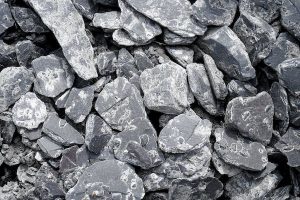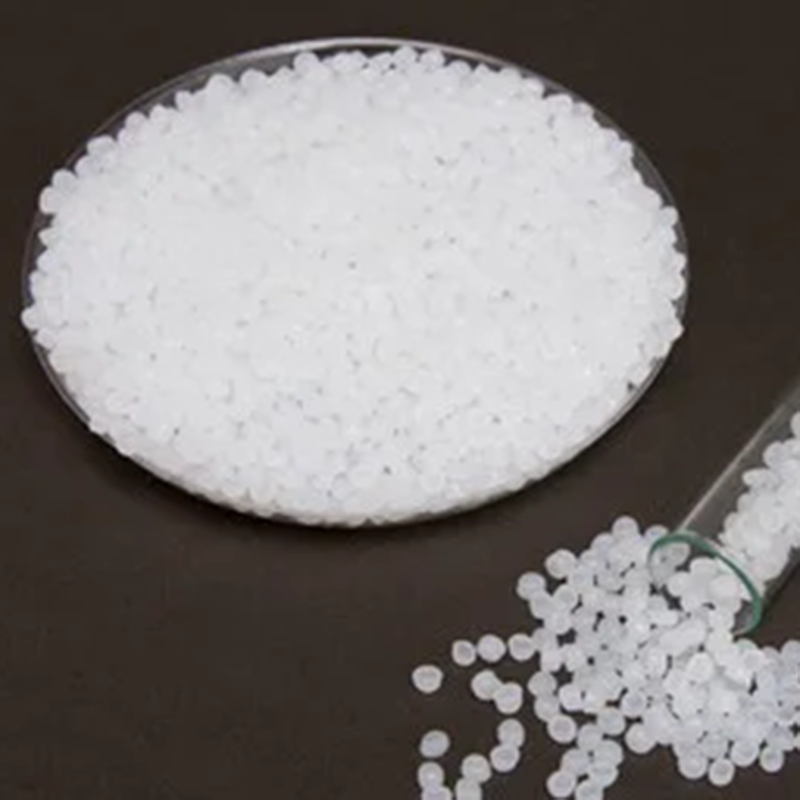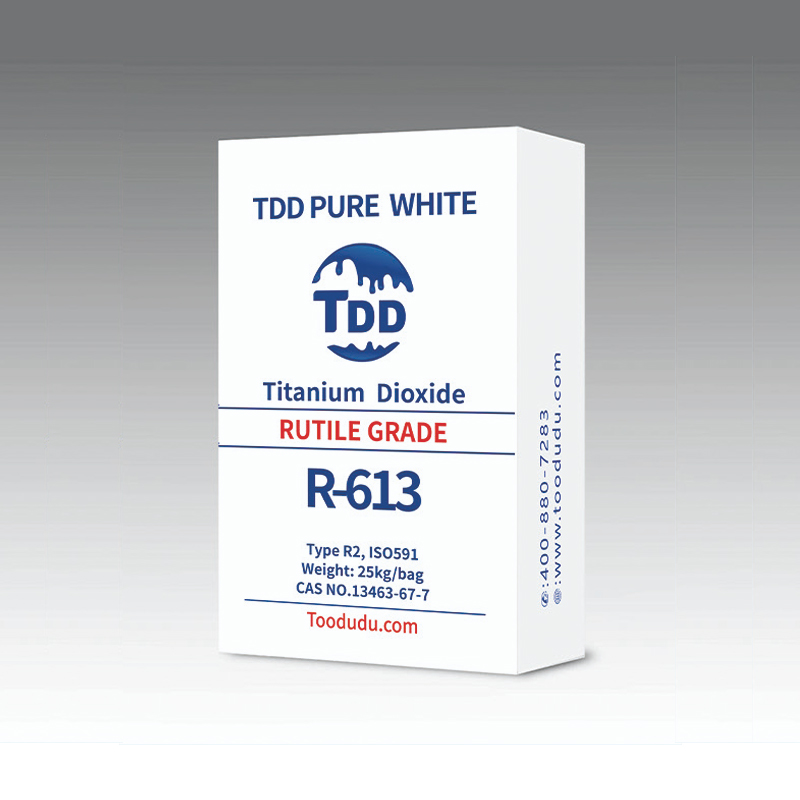titanium ore
Titanium ore refers to minerals containing a large amount of titanium ore. The main ones utilized in China are ilmenite , rutile and titanium magnetite .

Raw material characteristics
Titanium is a typical lithophile element and often appears as an oxide mineral. There are more than 80 kinds of minerals containing more than 1% TiO2 in the earth’s crust, and 15 kinds have industrial value. The main ones used in China are ilmenite , rutile and titanium magnetite (Table 3.5.1). They are both primary (rock minerals) and secondary (weathered residual slope accumulation and sedimentary sand minerals ).
Properties of titanium
Because titanium metal is silvery white, it has a high melting point (1727°C), light specific gravity (4.5), high mechanical strength (5), low temperature resistance (resistivity is almost 0 at ultra-low temperatures), abrasion resistance, and good plasticity of titanium wire (can Thin-walled use), not easily oxidized, and highly reducible; the oxide of titanium, titanium dioxide (titanium dioxide), is non-toxic and has good physical and chemical stability (it does not melt in any acid and alkali after calcining at 1000°C) , high refractive index (2.55~2.70), as well as strong whiteness, tinting power (1150~1650), hiding power (40~50g/m2), temperature resistance, anti-powdering and other characteristics, it is called “pigment” King of”. Therefore, titanium and its oxides and alloy products are important coatings, new structural materials, and anti-corrosion materials . They are known as “the third metal in development after iron and aluminum” and “strategic metals”, and are also “promising” Metal materials” are widely used in aviation, aerospace, ships, military industry, metallurgy, chemical industry, machinery, electricity, desalination, transportation, light industry, environmental protection, medical equipment and other fields, and have created a huge economy Benefits and social benefits play an important role in the development of the national economy.
A brief history of mining
In 1789, the British amateur mineralogist Father William Gregor discovered a new element (titanium) in the black magnetic sandstone ( ilmenite ) in the Manakin Valley in his parish, Gonaval State. It was named “Menaccanite” at the time.
In 1795, the German chemist MHKlaproth discovered a new metal oxide , which is now rutile (TiO2), while conducting systematic analysis and examination of rock minerals. He named this new element as In Greek mythology, the Titans, the sons of heaven and earth, were named Titanium. “Titanium” is what Gregor calls “Mernaginite”.

 2024-03-10
2024-03-10 



